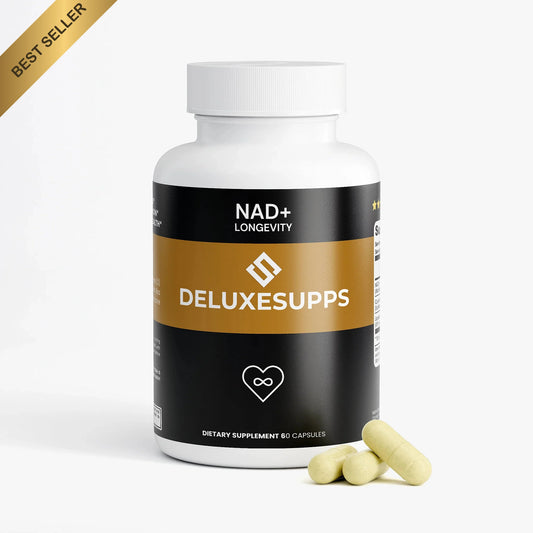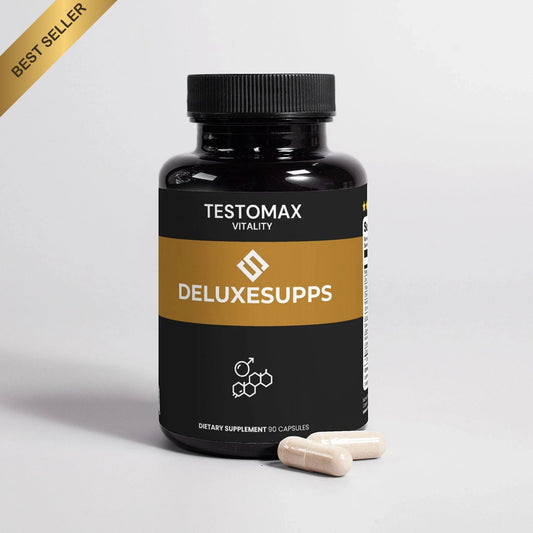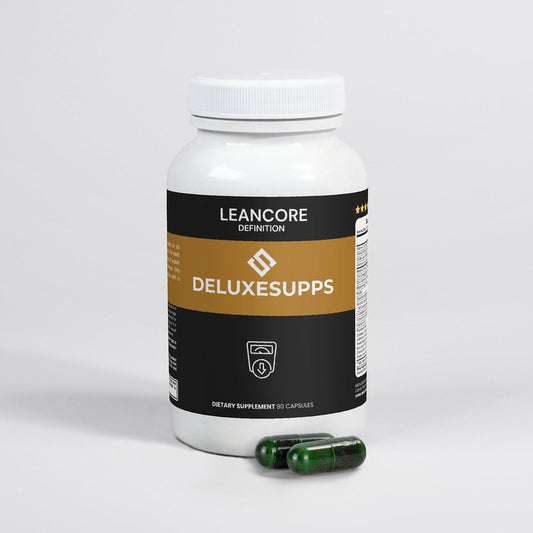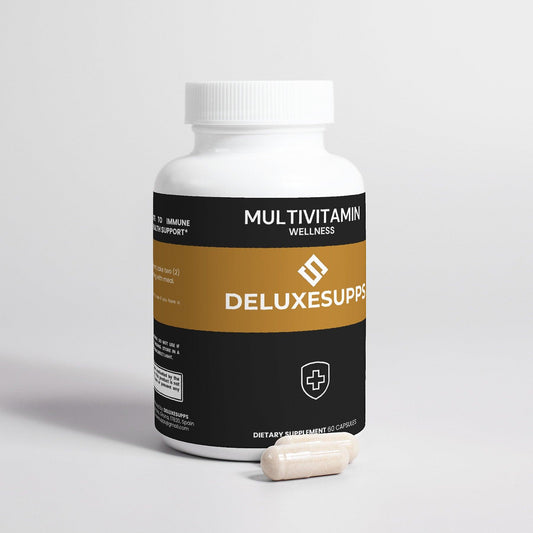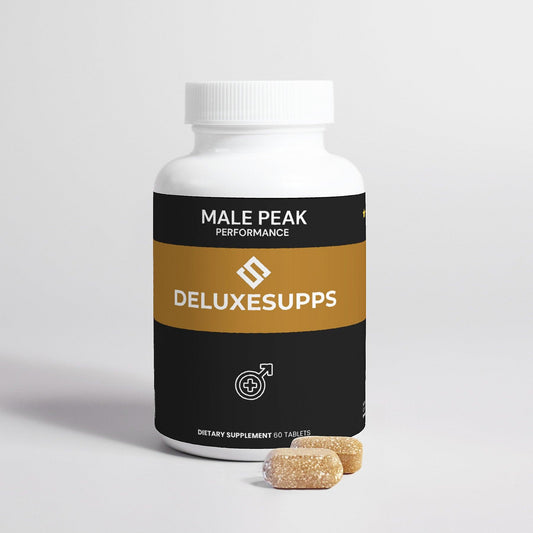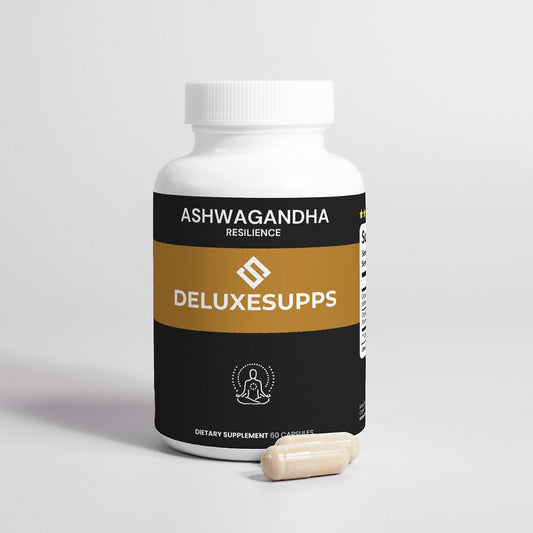Ashwagandha has grown in popularity as a natural remedy for stress, sleep, and overall wellness. However, like many trendy supplements, there are several myths and misconceptions surrounding this ancient herb. In this article, we’ll debunk the top 5 myths about ashwagandha and reveal the facts you need to know to make informed decisions.
Myth #1: Ashwagandha Works Instantly
The Truth:
While ashwagandha is incredibly effective for stress relief and other benefits, it is not an instant fix. Unlike caffeine or certain medications that provide immediate effects, ashwagandha works gradually to restore balance in your body. Most people begin to notice significant changes after 2–4 weeks of consistent use.
Why It Takes Time:
Ashwagandha supports the adrenal system and regulates cortisol, processes that naturally take time to adjust. Think of it as building long-term resilience rather than a quick stress patch.
Myth #2: Ashwagandha Is Only for Stress Relief
The Truth:
Although ashwagandha is best known for its stress-relieving properties, its benefits extend far beyond that. Research shows that ashwagandha can:
- Enhance physical stamina and muscle recovery
- Support cognitive health and memory
- Boost immunity by strengthening the body’s natural defenses
- Promote hormonal balance, including improving fertility in men and women
The Bigger Picture:
Ashwagandha is an adaptogen, which means it helps the body adapt to a variety of stressors, whether physical, mental, or hormonal.
Myth #3: Ashwagandha Is a Sedative
The Truth:
Many people assume ashwagandha makes you sleepy because it promotes relaxation and improves sleep quality. However, it is not a sedative. Instead, ashwagandha helps balance your stress response and nervous system, which may lead to better sleep as a secondary benefit.
How It Works:
Ashwagandha reduces cortisol and helps your body transition into a calm state when it’s time to rest. During the day, it can also enhance focus and energy without overstimulation, making it versatile for both relaxation and productivity.
Myth #4: Ashwagandha Is Unsafe for Long-Term Use
The Truth:
Ashwagandha is considered safe for most people when taken within the recommended doses. Its long history of use in Ayurvedic medicine, spanning thousands of years, supports its safety. Modern research also shows no major adverse effects with long-term use in healthy individuals.
What to Watch Out For:
- Stick to the recommended dose (typically 300–600 mg daily).
- Consult a healthcare provider if you’re pregnant, breastfeeding, or taking medications, as ashwagandha may not be suitable in certain situations.
Myth #5: All Ashwagandha Products Are the Same
The Truth:
Not all ashwagandha supplements are created equal. The quality and effectiveness of ashwagandha depend on factors like extraction methods, standardization, and purity. Some products contain low-quality extracts or fillers that reduce their potency.
How to Choose the Best Ashwagandha:
- Look for supplements standardized to 5% withanolides, the active compound responsible for its benefits.
- Opt for organic or third-party tested products to ensure purity and quality.
- Choose root-based extracts rather than leaf extracts for better efficacy.
Bonus Myth: Ashwagandha Is a Cure-All
The Truth:
Ashwagandha is powerful, but it’s not a miracle cure. While it offers numerous health benefits, it works best as part of a balanced lifestyle that includes proper nutrition, exercise, and stress management.
Final Thoughts
Ashwagandha is a versatile and scientifically backed herb with the potential to improve your stress levels, sleep, energy, and overall health. However, it’s important to separate fact from fiction to make the most of this ancient remedy.
By understanding what ashwagandha can (and cannot) do, you can use it effectively and safely as part of your wellness routine. Don’t let myths hold you back from discovering the real power of ashwagandha—give it a try and experience its benefits for yourself! 🌿
